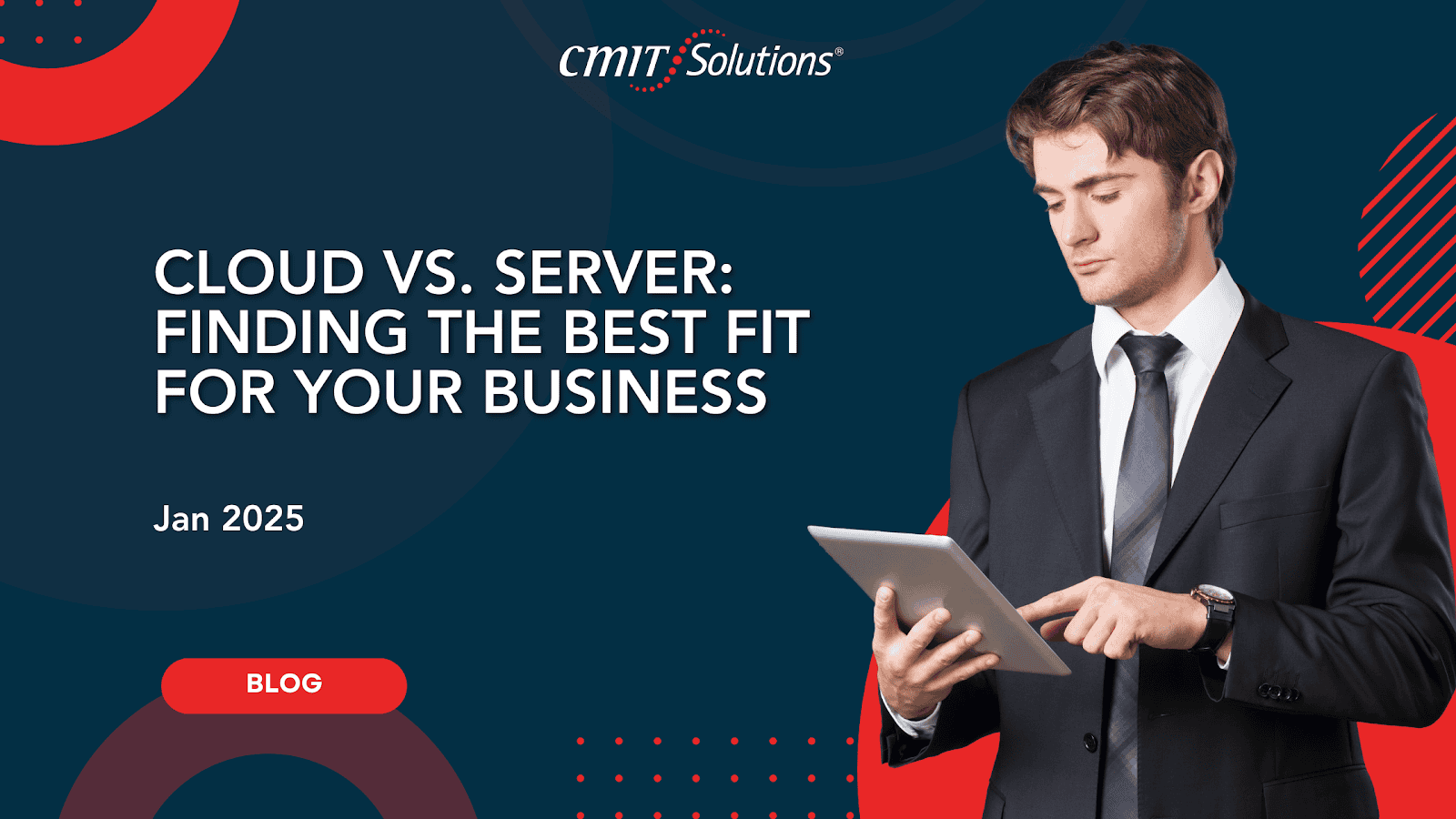Servers are the backbone of modern business operations, powering everything from email and databases to file storage and critical applications. Traditionally, businesses relied on physical servers hosted on-premises. However, the rise of cloud computing has introduced a versatile alternative, sparking debate over which option is better. Both cloud and physical servers deliver core computing functions, but they differ significantly in operation, cost, and scalability. Let’s explore these differences to determine the right choice for your business.
Understanding Physical and Cloud Servers
Before making a decision, it’s essential to understand the fundamental distinctions between physical and cloud servers:
- Physical Servers: These are on-premises computing systems stored in a company’s data center. They provide processing power, storage, and network connectivity to support applications and data storage. Depending on a business’s size, physical servers can range from standalone units to entire server racks.
- Cloud Servers: Hosted on the infrastructure of a cloud provider like Microsoft Azure or Amazon Web Services, cloud servers are virtual and accessed remotely via the internet. Businesses pay for only the computing resources they need, such as storage, processing power, and memory. They also benefit from ongoing provider maintenance.
Advantages and Challenges of Physical Servers
Physical servers offer several benefits but come with their share of limitations:
Advantages
- Control and Customization: Physical servers allow complete control over hardware, software, and data, making them ideal for businesses with specific compliance or customization needs.
- Performance: Because physical servers are dedicated to a single organization, they offer fast access speeds and consistent performance, particularly for resource-intensive applications. Learn more about ensuring business continuity through robust infrastructure.
- Security: Having direct oversight of physical servers provides organizations with a higher level of control over data security measures, an important consideration in industries with stringent compliance requirements.
Challenges
- High Costs: The initial cost of purchasing and implementing physical servers can exceed $10,000. Maintenance expenses—including hardware upgrades, software updates, and technician salaries—add to the financial burden.
- Scalability Issues: Scaling requires purchasing additional servers, which involves significant investment and setup time. Discover how managed services help businesses optimize IT costs.
- Maintenance: On-premises servers demand ongoing management, increasing operational complexity.
- Space Requirements: Businesses need dedicated physical space to house servers, along with cooling and power resources to maintain efficiency.
Pros and Cons of Cloud Servers
Cloud servers offer flexibility and cost savings but have unique drawbacks:
Advantages
- Cost-Effective: Cloud solutions eliminate the need for expensive hardware, making them accessible to businesses of all sizes. Subscription-based pricing allows organizations to pay only for the resources they use, reducing financial strain. Explore how cloud adoption supports business growth.
- Scalability: Businesses can scale resources up or down effortlessly to accommodate growth or seasonal demand. This level of flexibility is invaluable for dynamic industries.
- Innovation: Cloud providers continually update their services, ensuring access to the latest technologies and features. This fosters an environment where businesses can remain competitive without costly hardware upgrades.
- Accessibility: Remote access enables teams to work from anywhere with an internet connection, supporting hybrid and remote work models. Discover how cloud strategies empower collaboration tools for modern work environments.
- Managed Maintenance: Providers handle server maintenance, freeing businesses from technical upkeep and ensuring consistent performance.
Challenges
- Security Concerns: Data stored off-site relies on the provider’s security measures, which may not fully meet the needs of highly regulated industries. Thoroughly vet providers to ensure they comply with best practices. Learn more about data privacy in the digital age.
- Downtime Risks: Dependence on internet connectivity introduces potential for latency or disruptions. If the provider experiences technical issues, business operations may be affected.
- Data Transfer Costs: Moving large amounts of data to and from the cloud may incur additional charges, impacting overall cost efficiency.
Key Factors to Consider
When choosing between cloud and physical servers, consider the following criteria:
Cost
Cloud servers are more cost-effective for most businesses due to their subscription-based pricing and lower maintenance costs. Physical servers, while offering long-term control, require significant upfront investment. For tips on balancing IT investments, read strategies for ROI optimization.
Scalability
Cloud solutions excel in scalability, allowing businesses to adjust resources on demand. This is particularly advantageous for rapidly growing companies or those with variable computing needs. Physical servers, by contrast, involve time-consuming and costly upgrades.
Scalability also benefits businesses with seasonal fluctuations. For instance, an e-commerce platform experiencing high traffic during the holiday season can quickly increase capacity using a cloud server. Learn more about scaling with cloud strategies in modern IT solutions.
Performance
Physical servers generally outperform cloud servers for applications requiring high-speed data access and minimal latency. For instance, organizations handling large datasets may benefit from the dedicated resources of on-premises servers. That said, advancements in cloud infrastructure are closing the performance gap, with many providers offering high-speed services for critical operations.
Security
Industries requiring strict compliance standards, such as healthcare and finance, may prefer physical servers due to the ability to directly control data security protocols. Learn more about cybersecurity best practices.
Cloud servers, while secure, depend on providers’ measures. Businesses should review compliance documentation and consider hybrid solutions that combine the best of both worlds.
Accessibility
Cloud servers are ideal for businesses with remote teams or multi-location operations, offering seamless access from anywhere. Physical servers can support remote work but require additional setup and security configurations.
Innovation and Upgrades
Cloud servers provide businesses with continuous access to the latest innovations. Physical servers, however, often lag due to the expense and time required for upgrades. Explore how IT modernization enhances business efficiency.
Cloud platforms’ constant updates ensure businesses stay competitive. For instance, adopting AI-driven cybersecurity solutions through a cloud platform can significantly enhance threat detection, as discussed in AI and cybersecurity.
Making the Right Choice
The choice between cloud and physical servers depends on your business’s unique needs. Consider the following scenarios:
- Choose Cloud Servers If:
- Cost-efficiency and scalability are top priorities.
- Your business relies on remote or hybrid work models.
- You want access to cutting-edge technology and innovation without frequent hardware upgrades.
- Choose Physical Servers If:
- You require complete control over your IT environment.
- Your organization operates in a highly regulated industry.
- Performance consistency is critical for your operations.
How CMIT Solutions Can Help
At CMIT Boston, Newton, and Waltham, we specialize in helping businesses navigate IT decisions, including the transition to cloud or hybrid solutions. Whether you need guidance on optimizing physical server performance or implementing a robust cloud strategy, our team offers tailored solutions to meet your goals. Learn about our cybersecurity services and cloud migration strategies to make informed decisions.
Our experience spans industries, ensuring compliance with standards and aligning IT infrastructure with business objectives. Explore our strategies for data protection and scalability.
Conclusion
Choosing between cloud and physical servers is a pivotal decision that can significantly impact your business’s efficiency, scalability, and overall IT strategy. Cloud servers excel in flexibility, cost-effectiveness, and accessibility, making them ideal for businesses prioritizing innovation and remote operations. Physical servers, on the other hand, offer unparalleled control, performance, and security for industries requiring strict compliance or handling resource-intensive workloads.
Many businesses find value in adopting a hybrid approach, leveraging the best of both worlds to meet their unique needs. At CMIT Boston, Newton, and Waltham, we provide tailored IT solutions to help businesses navigate these critical decisions. Whether optimizing an existing physical server infrastructure or transitioning to a cloud environment, our expertise ensures your IT strategy aligns with your goals.
Contact us today to explore the ideal server solution for your business and discover how we can help you build a resilient, future-ready IT infrastructure.





